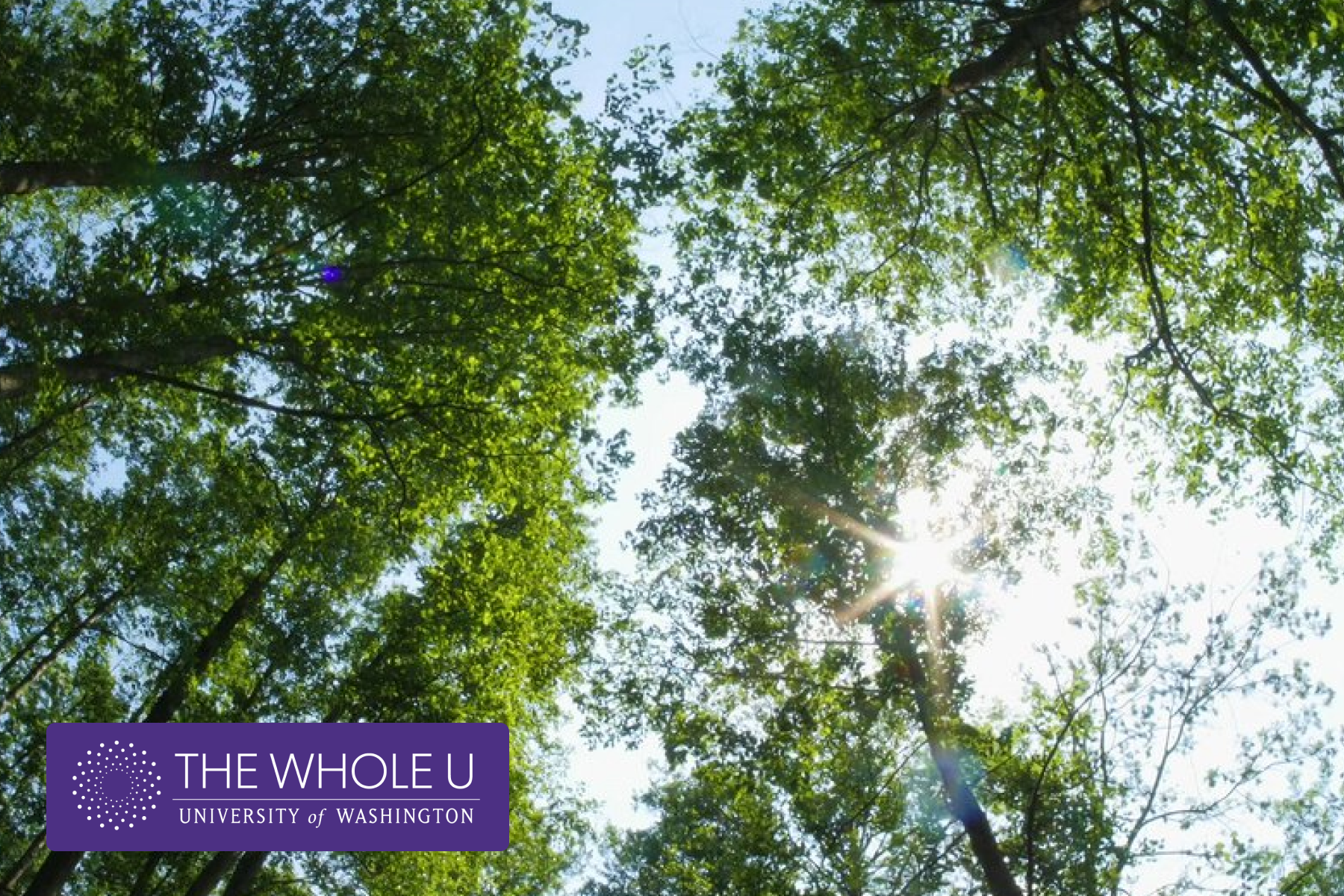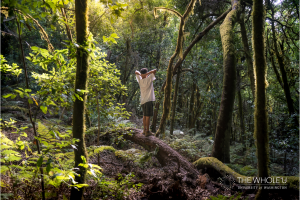
Bring Nature Into Your Mindfulness Practice with Forest Bathing
The rising popularity of mindfulness in today’s world is proving the need for humans to disconnect from the daily stress of life and tune inward. After an incredibly challenging year, many have discovered mindfulness as a useful tool for lowering stress, managing anxiety, improving mood, and creating a sense of calmness through meditation. As the seasons shift from winter to spring, consider taking your practice outside and incorporating ‘Forest Bathing’ into your mindfulness routine.
What is Forest Bathing?
Forest Bathing (originally termed “shinrin-yoku” from it’s founding roots in Japan) is the practice of slowing down and becoming immersed in the natural environment. The purpose is twofold: to offer an eco-friendly antidote to burnout and to inspire connection our nations forests. This form of eco-therapy allows participants to slow down and connect with nature. Through this practice, participants learn to tune in to the smells, textures, tastes and sights of the forest. They take in the surroundings by using all senses.
Science agrees, nature is good for you.
There are a multitude of benefits that come from forest bathing. Besides sharing many of the benefits that mindfulness meditation offers, studies show that forest bathing has positive therapeutic effects on immune system function, the cardiovascular system, the respiratory system, depression and anxiety, mental relaxation, and human feelings of “awe” such as increase in gratitude and selflessness.
There are also studies that show nature exposure improves the overall health and well-being of humans. Simply just being outside and among the trees in nature can boost your health.

Ready to give it a try? Here’s how you can get started.
Forest bathing can be done anywhere you have time and green space to walk through. To get started, begin by doing the following:
- Find a place near trees or where you feel surrounded by nature
- Commit to giving yourself 15 – 60 minutes to participate fully in this activity
- Avoid distractions such as talking and using your phone or other devices
- When your attention wanders, gently bring it back to yourself and your senses
- Consider practicing regularly, on your own or with others
To practice, follow these 3 steps:
1. Be slow, be still. Walk slowly or sit somewhere comfortable. This will help you notice as much as possible.
2. Wake up the senses. What do you see, hear, smell, taste, and feel? Can you become aware of one sense at a time? Notice how it feels.
3. Breathe and savor. Each time you find something that interests or pleases you, hold your attention with it for a few moments. Be curious and have fun. When you are done, check in with how you feel, then, take a deep breath and enjoy the rest of your day.
Attend a forest bathing event with Cascadia Forest Therapy.
Come learn the beauty and benefits of Forest Bathing at a virtual seminar on May 12 with certified Forest Therapy Guide, Michael Stein-Ross. Michael Stein-Ross has worked previously with the UW Botanic Garden to create guided forest bathing recordings for use in the gardens (which can be accessed here).
During this live workshop, participants learn to tune in to the smells, textures, tastes, and sights of nature and engage in a practice mini-session with one of only a hand full of certified Forest Therapy Guides in the region.
Click here to register for the event!
With April being Earth Month, ‘Forest Bathing’ can be a wonderful practice to help us become more mindful of our consumption habits all while enjoying the beauty of the natural world.